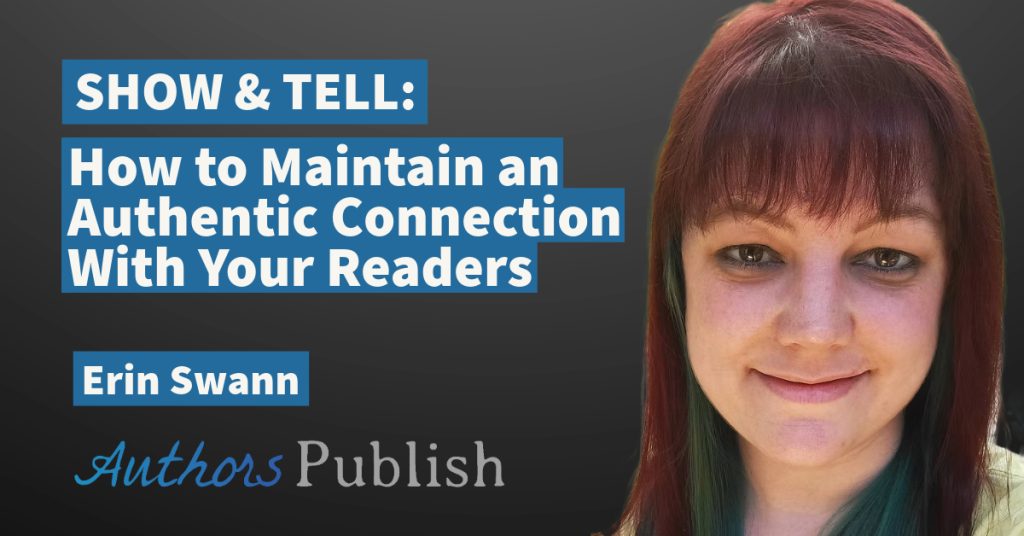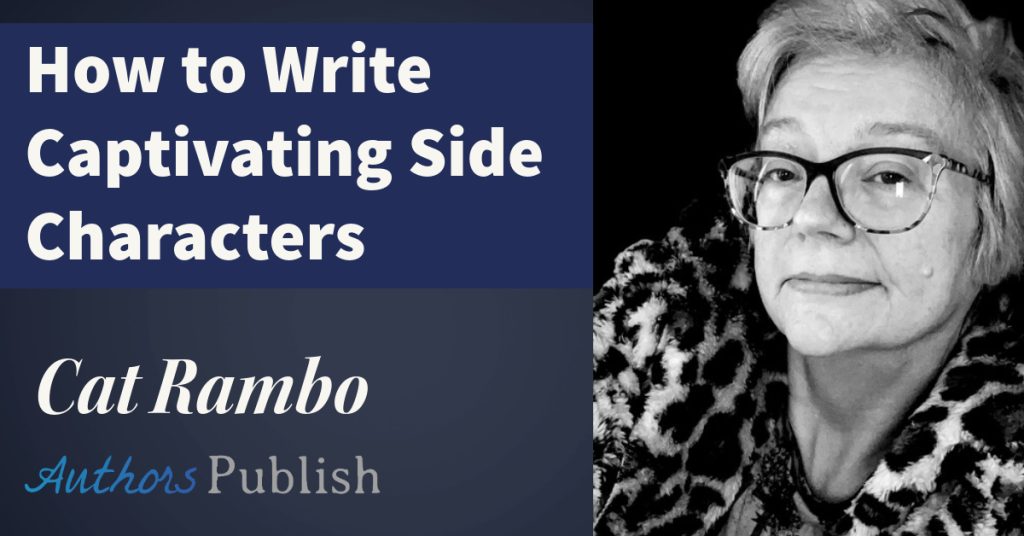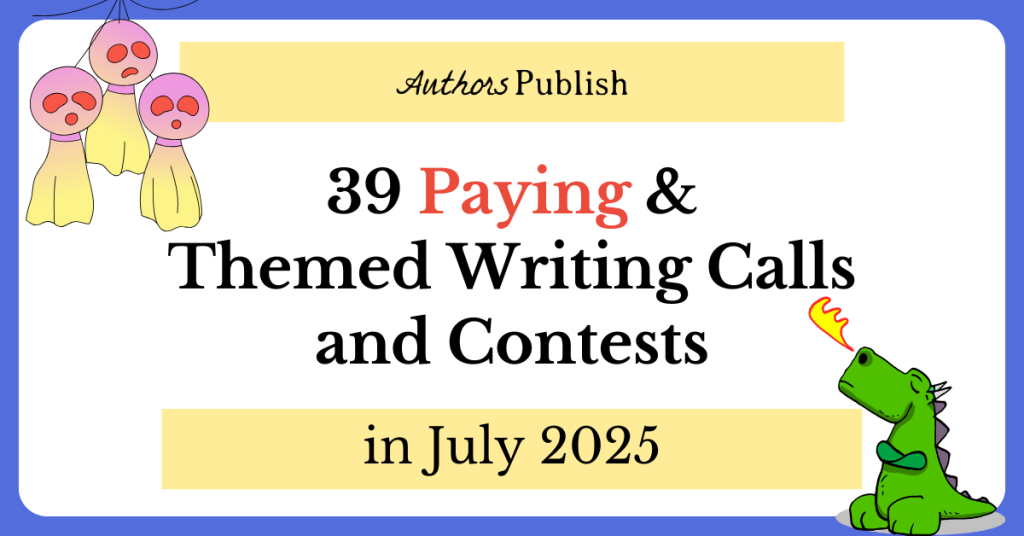Sarina Byron
If you are reading this article, you may have identified a theme and storyline for your book. You could have even made some notes about things you want to include and possibly done some research on the different ways to plot the story. Having gone through this, by now you may appreciate that one technique of creating a plot outline often isn’t enough. Most people may find themselves combining two or even three methods to tell a story, and tell it well.
Since I believe in keeping things simple, I have created a hybrid method with details of how you can implement it. The technique described in this article combines the methodology of the Freytag technique, the In-depth Outline method and my personal experiences with the process of outlining stories and articles. So, let’s begin:
Set the Scene
Setting the scene involves most of the work for your story. So before you begin, you need to understand that you will be figuring out a lot in each section of your plot outline, and you will need to write it all down to keep the details straight. Grab a notebook if you prefer paper or use PowerPoint, Google docs, etc. The most important thing is that you should have one location where you can tackle plenty of sections, sub-sections and cross-references easily. This sorted, you can begin your plot outline journey.
The first three things you will be writing down in your plot outline notes are the principal plot or the main conflict, your central characters and your central character’s backgrounds. Starting with the first, the principal plot or the main conflict is where you identify a problem to fix. At its core, every book solves a problem. It introduces a problem or conflict and then through various characters and circumstances, it solves the problem. Even if you are writing an (auto)biography you are always looking to solve a problem, conflict, or resolve a situation through the writing of it. Spend some time thinking about what this is before you do anything else.
Once you have the problem and one or several options for solutions, begin to think about the characters you need to tell that story. There is no limit to the number of main characters you can have but you do need to identify them upfront. Here are some pointers to help you get started; think about who is experiencing the problem, who is creating the problem for them and who is involved in helping the ones experiencing the problem. Refer to the detailed descriptions of ‘Character Creation’ and ‘The Five Whys’ to understand how to create impactful characters that possess depth.
Having identified the characters and how they fit in the story, think a bit about the personal story or background of each of the characters. You don’t need to write up their entire story, just think about the primary personality traits of that person. The easiest thing to do is to imagine that you are meeting them in person and write down everything you notice about them. Look at what they are wearing, carrying, eating, drinking, ask them where they work, what they do, about their likes and dislikes and attitude towards life. If you use the technique of ‘The Five Whys’ when you identify the characters then all of these elements will get covered.
With your characters and your principal plot identified, you are ready to set the scene. Scribble a quick overall plot of how you think the story should progress. You do not need each situation, dialogue etc. just a rough outline. For example, if you have identified that you want to write a book about a successful heist in London and you have identified that 5 characters will be involved, a rough outline will look like a list of events in the sequence you want them to occur. Each event description need not be more than a line or two, something like this; how and when each of them arrive in London, where they meet up to make the final plan, if they do not know each other then make a line item to describe how they meet the others, the top 2-3 issues they expect to face, etc. you get the general idea. Pro tip: Keep some blank pages in each section as you make your notes to leave space for when you need to add more details as you progress with the plot outline.
Now that you have all the details of how to set the scene like a professional writer, you may wonder what is the best length of this section. Whilst there are no guidelines that work for all projects, it is generally a good idea to wrap this up in the first two pages of a short story and 3-5 chapters for a full-length novel.
Establish Details
This will be the majority of your story. After you have introduced the central characters, you will need them to experience some sort of conflict or crisis that will build and further the story in relation to the principal plot. This is where you show the growth arc of the main characters and build suspense towards what contributes to the principal plot. This section has two important sub-sections.
Establish Details of Personal Character Arcs
People change as they experience life and its challenges. Challenges bring about the true character of people whether it is integrity, dishonesty, resilience or lack of strength. Your story will need to reflect the experiences and growth of your characters. Build in defining incidents that will demonstrate your characters’ strengths, fears, weaknesses, vulnerabilities and joys. Bring out their inner workings through situations and conversations. As you develop your characters in this manner, make a note of the character graph you gave them in their section within your outline notebook. You will need to keep track of these minor details as your story progresses so you do not write anything that contrasts too heavily.
In the heist example, do this by showing how certain characters plan to do things a certain way and then situations occur which help them see things differently or even force them to do things in a different manner to what was planned.
Establish Details of Sub-Plots
A well-written story consistently holds the attention of the reader which means that you need to build in some twists and sub-plots. It does not matter which genre you are writing, these elements are important to make your story realistic, relatable and gripping. How do you do that? Well, you start with looking over the list of the personality and background story you charted for each character while setting the scene and identify ways in which you can intertwine their stories and make their personalities clash. Think about any number of sub-plots you can introduce and finalize the best four or five which will make your story most absorbing. Take care that the sub-plots work well with the principal plot, make a list of the sub-plots so you have an easy point of reference, and do not introduce too many as that would distract from the overall story.
Taking the example above, you could build in a fake romance between two of the five main characters, you could make one or even two of the characters team up with the police or another group, you could make two characters long-lost siblings of which only one sibling is aware. The possibilities are endless!
As this is the main part of your book, there are no stipulated number of words or chapters that it must contain. You can cover this in as much or as little detail as you like but for the best reader experience, you do have to make sure it consistently rises in action and suspense.
Peak
After navigating the various sub-plots, twists and turns of the section above, you may be exhausted but this is where you cannot lose steam. It is understandable that after jumping around between each of your character’s heads, you may want to write something relaxing but this is not the section to do that. This where all the action from the section above will reach its peak. A defining incident will occur which will greatly alter or impact the central characters or their life plans. Remember, in the sections above, we established that there is a principal plot, which is the problem the story intends to solve. The peak is where the central characters take certain actions to resolve the problem at the heart of the plot.
This is where the central characters either reach their goal or fail to. It is important to place the peak at a point where the characters have gone through a reasonable growth arc, the problem has been sufficiently well established and enough suspense has been built for the reader to feel that they are ready for the resolution. The easiest measure is that it occurs through 90% of the story. A test for whether you are placing your peak at the right time is that after the peak, there should only be a resolution to the smaller plots of the story. All major plot elements should be resolved in the peak. Deal with the peak quickly and deftly to keep your readers hooked. Whilst it is ok to draw out certain circumstances when you are establishing details, do not do that in the peak at all!
To plan the perfect peak incident, identify an incident that will resolve the principal plot of your story. Then think of the perfect resolution to each of your sub-plots and use those to fill in the details of the peak incident. The next thing to do is to look through the character arc of each of the primary characters to pinpoint where their personal story had become seriously intertwined with the principal plot, and build in a resolution during the peak. These elements will help you write an impactful peak that neatly wraps up the principal plot, sub-plots, and major character arcs. To demonstrate using the heist example, this is where either the five characters will successfully beat all the odds and succeed at the heist or they will be thwarted, any double-dealings will be exposed, any character torn between certain choices will make their decisions, etc.
In terms of length recommendations, try to deal with the peak in 1-2 chapters for a full novel and within a couple of paragraphs for a short story.
Pre-Conclusion
Often things happen so fast in the peak that you need to follow it up with some explanations regarding what just took place. This is also when the smaller sub-plots reach a resolution. After resolving the sub-plots that fit in neatly with the resolution of the principal plot, you will need to look through your sub-plot and character arc list and tie up the ones that did not get resolved during the peak. Using our heist example, this is where all the twists and turns of the main characters’ personal lives will be resolved.
As this comes after the peak, this section will need to have a fast pace and be short. You see, by now you would have emotionally exhausted your reader. Their curiosity would have grown through the establishing details and peak sections, so when things begin to barrel towards a solution, the reader tends to start reading faster. For maximum impact, begin to wrap up the narrative as soon as the principal plot is resolved through the peak. In a full-sized novel, this section should be an entire chapter at best and for a short story you are looking at about a medium sized paragraph.
Conclusion
Just as you take about 5 minutes to wrap up a catch-up with your friends, so do you need to suitably conclude your story. By the time you make it to this point, there should be nothing that needs resolution. This is where peace is restored in all the character’s lives. If you wish to end your story with a tragic note, this is where the final words will be exchanged. If you want to hint at another book, a couple of lines or dialogues by a character can hint at that but no questions should need to be answered when this stage arrives.
Wrap up your conclusion in a paragraph or two for a short story and a chapter for a full-sized novel.
Now, you may finish reading the above and decide that this is exactly what you needed to help you finish your book. You may also read it and the process of outlining your story, making lists and using outline lists and references, and decide that this is not for you. You may also decide to modify the above to suit your own requirements. The point is that you need some approach, any approach, and hopefully this has given you some points about what could work for you!
Bio: Sarina Byron is a California based writer whose work has been published in Introvert, Dear, Thrive Global, Walker’s Legacy, Book Series Recaps and a variety of other publications. Sarina covers lifestyle, fashion, business, well-being, book reviews and writing techniques in her writing. Follow her on Instagram @sarinatrodriguez for more






